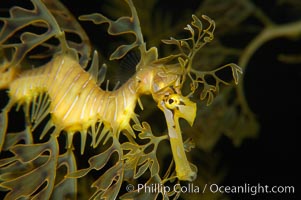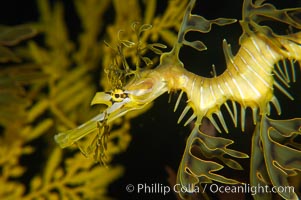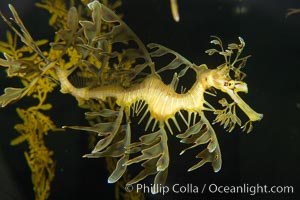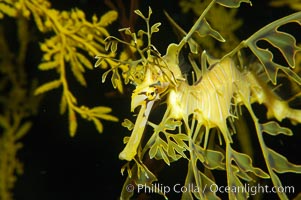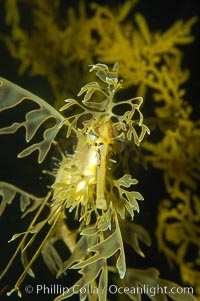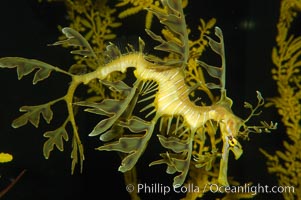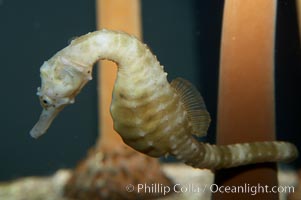
Pot-bellied seahorse, male, carrying eggs. The developing embryos are nourished by individual yolk sacs, and oxygen is supplied through a placenta-like attachment to the male. Two to six weeks after fertilization, the male gives birth. The babies must then fend for themselves, and few survive to adulthood.
Species: Pot-bellied seahorse, Hippocampus abdominalis
Image ID: 11902
Species: Pot-bellied seahorse, Hippocampus abdominalis
Image ID: 11902
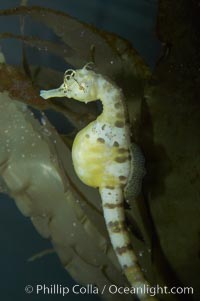
Pot-bellied seahorse, male, carrying eggs. The developing embryos are nourished by individual yolk sacs, and oxygen is supplied through a placenta-like attachment to the male. Two to six weeks after fertilization, the male gives birth. The babies must then fend for themselves, and few survive to adulthood.
Species: Pot-bellied seahorse, Hippocampus abdominalis
Image ID: 11903
Species: Pot-bellied seahorse, Hippocampus abdominalis
Image ID: 11903
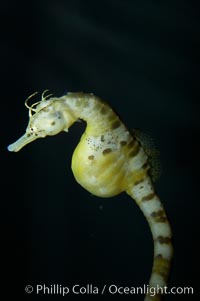
Pot-bellied seahorse, male, carrying eggs. The developing embryos are nourished by individual yolk sacs, and oxygen is supplied through a placenta-like attachment to the male. Two to six weeks after fertilization, the male gives birth. The babies must then fend for themselves, and few survive to adulthood.
Species: Pot-bellied seahorse, Hippocampus abdominalis
Image ID: 11904
Species: Pot-bellied seahorse, Hippocampus abdominalis
Image ID: 11904
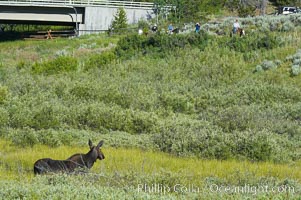
Adult female moose watches horseback riders near Christian Creek.
Species: Moose, Alces alces
Location: Christian Creek, Grand Teton National Park, Wyoming
Image ID: 13046
Species: Moose, Alces alces
Location: Christian Creek, Grand Teton National Park, Wyoming
Image ID: 13046
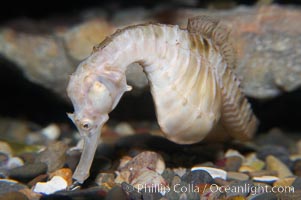
Pot-bellied seahorse, male, carrying eggs. The developing embryos are nourished by individual yolk sacs, and oxygen is supplied through a placenta-like attachment to the male. Two to six weeks after fertilization, the male gives birth. The babies must then fend for themselves, and few survive to adulthood.
Species: Pot-bellied seahorse, Hippocampus abdominalis
Image ID: 14473
Species: Pot-bellied seahorse, Hippocampus abdominalis
Image ID: 14473
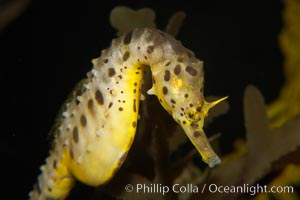
Pot-bellied seahorse, male, carrying eggs. The developing embryos are nourished by individual yolk sacs, and oxygen is supplied through a placenta-like attachment to the male. Two to six weeks after fertilization, the male gives birth. The babies must then fend for themselves, and few survive to adulthood.
Species: Pot-bellied seahorse, Hippocampus abdominalis
Image ID: 14474
Species: Pot-bellied seahorse, Hippocampus abdominalis
Image ID: 14474
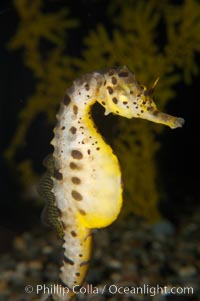
Pot-bellied seahorse, male, carrying eggs. The developing embryos are nourished by individual yolk sacs, and oxygen is supplied through a placenta-like attachment to the male. Two to six weeks after fertilization, the male gives birth. The babies must then fend for themselves, and few survive to adulthood.
Species: Pot-bellied seahorse, Hippocampus abdominalis
Image ID: 14475
Species: Pot-bellied seahorse, Hippocampus abdominalis
Image ID: 14475
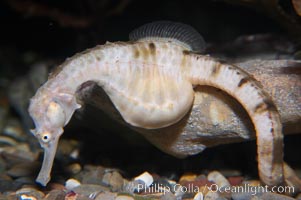
Pot-bellied seahorse, male, carrying eggs. The developing embryos are nourished by individual yolk sacs, and oxygen is supplied through a placenta-like attachment to the male. Two to six weeks after fertilization, the male gives birth. The babies must then fend for themselves, and few survive to adulthood.
Species: Pot-bellied seahorse, Hippocampus abdominalis
Image ID: 14476
Species: Pot-bellied seahorse, Hippocampus abdominalis
Image ID: 14476
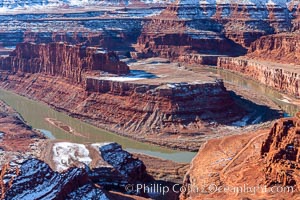
Dead Horse Point Overlook, with the Colorado River flowing 2,000 feet below. 300 million years of erosion has carved the expansive canyons, cliffs and walls below and surrounding Deadhorse Point.
Location: Deadhorse Point State Park, Utah
Image ID: 18091
Location: Deadhorse Point State Park, Utah
Image ID: 18091
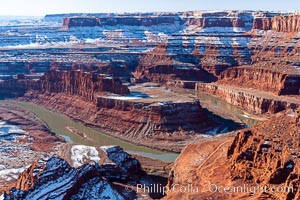
Dead Horse Point Overlook, with the Colorado River flowing 2,000 feet below. 300 million years of erosion has carved the expansive canyons, cliffs and walls below and surrounding Deadhorse Point.
Location: Deadhorse Point State Park, Utah
Image ID: 18092
Location: Deadhorse Point State Park, Utah
Image ID: 18092

Panorama of Horseshoe Lake in the Mammoth Lakes basin, early morning.
Location: Mammoth Lakes, California
Image ID: 19124
Panorama dimensions: 4978 x 20453
Location: Mammoth Lakes, California
Image ID: 19124
Panorama dimensions: 4978 x 20453
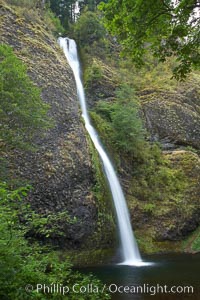
Horsetail Falls drops 176 feet just a few yards off the Columbia Gorge Scenic Highway.
Location: Horsetail Falls, Columbia River Gorge National Scenic Area, Oregon
Image ID: 19316
Location: Horsetail Falls, Columbia River Gorge National Scenic Area, Oregon
Image ID: 19316
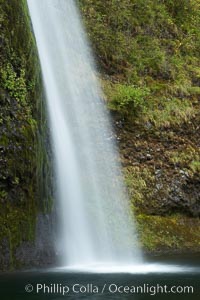
Horsetail Falls drops 176 feet just a few yards off the Columbia Gorge Scenic Highway.
Location: Horsetail Falls, Columbia River Gorge National Scenic Area, Oregon
Image ID: 19317
Location: Horsetail Falls, Columbia River Gorge National Scenic Area, Oregon
Image ID: 19317
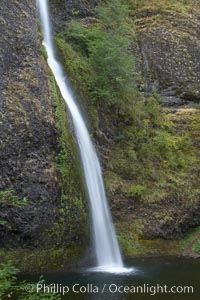
Horsetail Falls drops 176 feet just a few yards off the Columbia Gorge Scenic Highway.
Location: Horsetail Falls, Columbia River Gorge National Scenic Area, Oregon
Image ID: 19319
Location: Horsetail Falls, Columbia River Gorge National Scenic Area, Oregon
Image ID: 19319
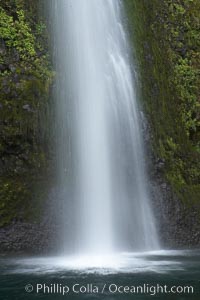
Horsetail Falls drops 176 feet just a few yards off the Columbia Gorge Scenic Highway.
Location: Horsetail Falls, Columbia River Gorge National Scenic Area, Oregon
Image ID: 19320
Location: Horsetail Falls, Columbia River Gorge National Scenic Area, Oregon
Image ID: 19320
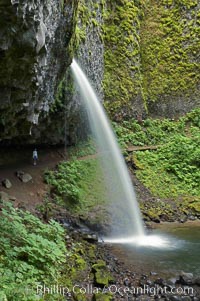
Ponytail Falls, where Horsetail Creeks drops 100 feet over an overhang below which hikers can walk.
Location: Ponytail Falls, Columbia River Gorge National Scenic Area, Oregon
Image ID: 19335
Location: Ponytail Falls, Columbia River Gorge National Scenic Area, Oregon
Image ID: 19335
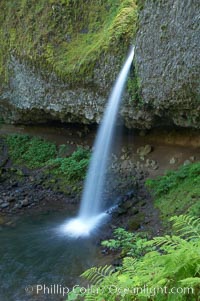
Ponytail Falls, where Horsetail Creeks drops 100 feet over an overhang below which hikers can walk.
Location: Ponytail Falls, Columbia River Gorge National Scenic Area, Oregon
Image ID: 19336
Location: Ponytail Falls, Columbia River Gorge National Scenic Area, Oregon
Image ID: 19336
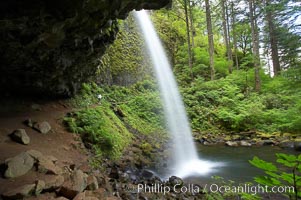
Ponytail Falls, where Horsetail Creeks funnels over an overhang below which hikers can walk.
Location: Ponytail Falls, Columbia River Gorge National Scenic Area, Oregon
Image ID: 19339
Location: Ponytail Falls, Columbia River Gorge National Scenic Area, Oregon
Image ID: 19339
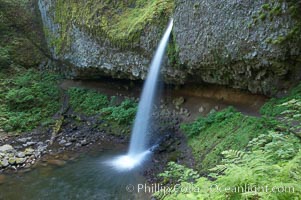
Ponytail Falls, where Horsetail Creeks drops 100 feet over an overhang below which hikers can walk.
Location: Ponytail Falls, Columbia River Gorge National Scenic Area, Oregon
Image ID: 19340
Location: Ponytail Falls, Columbia River Gorge National Scenic Area, Oregon
Image ID: 19340
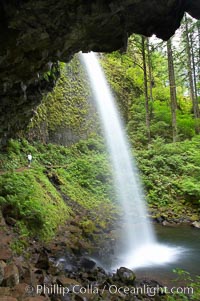
Ponytail Falls, where Horsetail Creeks drops 100 feet over an overhang below which hikers can walk.
Location: Ponytail Falls, Columbia River Gorge National Scenic Area, Oregon
Image ID: 19341
Location: Ponytail Falls, Columbia River Gorge National Scenic Area, Oregon
Image ID: 19341
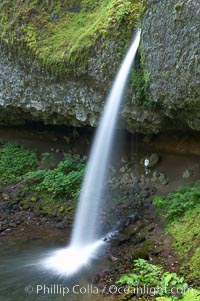
Ponytail Falls, where Horsetail Creeks drops 100 feet over an overhang below which hikers can walk.
Location: Ponytail Falls, Columbia River Gorge National Scenic Area, Oregon
Image ID: 19342
Location: Ponytail Falls, Columbia River Gorge National Scenic Area, Oregon
Image ID: 19342
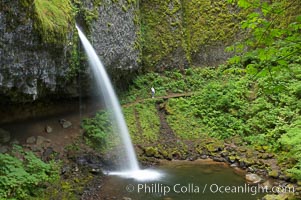
Ponytail Falls, where Horsetail Creeks funnels over an overhang below which hikers can walk.
Location: Ponytail Falls, Columbia River Gorge National Scenic Area, Oregon
Image ID: 19343
Location: Ponytail Falls, Columbia River Gorge National Scenic Area, Oregon
Image ID: 19343
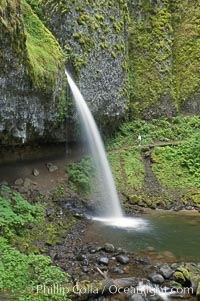
Ponytail Falls, where Horsetail Creeks drops 100 feet over an overhang below which hikers can walk.
Location: Ponytail Falls, Columbia River Gorge National Scenic Area, Oregon
Image ID: 19344
Location: Ponytail Falls, Columbia River Gorge National Scenic Area, Oregon
Image ID: 19344
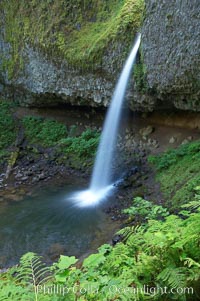
Ponytail Falls, where Horsetail Creeks drops 100 feet over an overhang below which hikers can walk.
Location: Ponytail Falls, Columbia River Gorge National Scenic Area, Oregon
Image ID: 19345
Location: Ponytail Falls, Columbia River Gorge National Scenic Area, Oregon
Image ID: 19345
